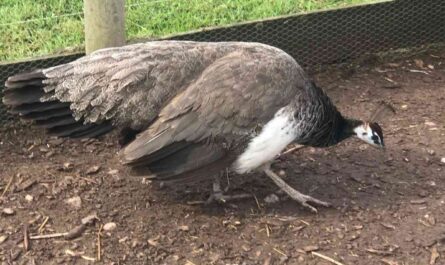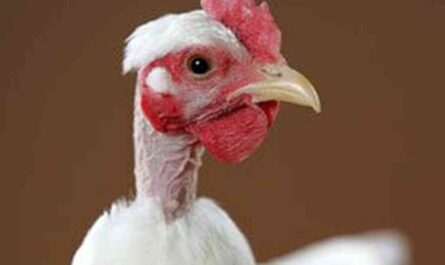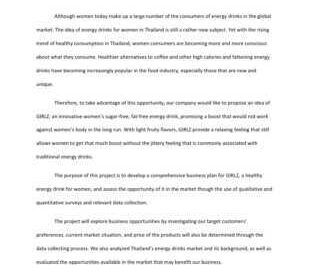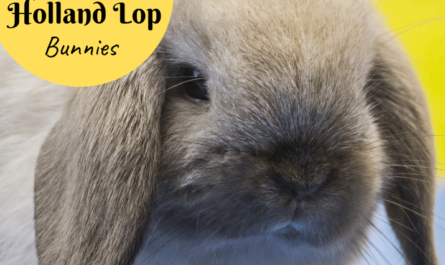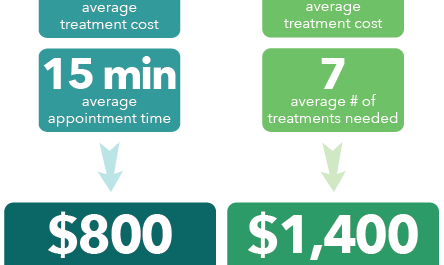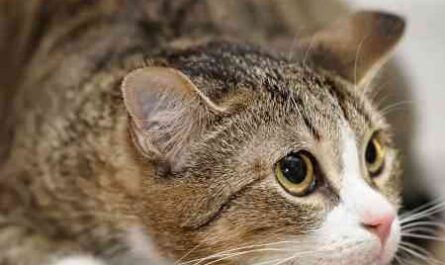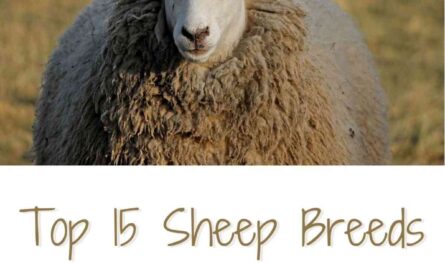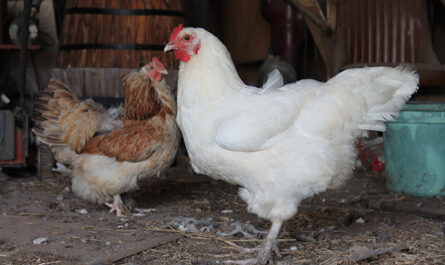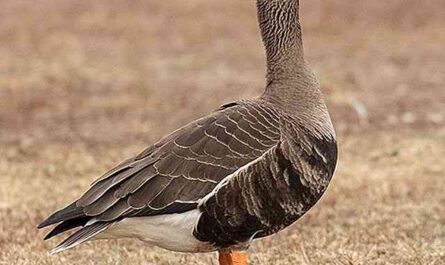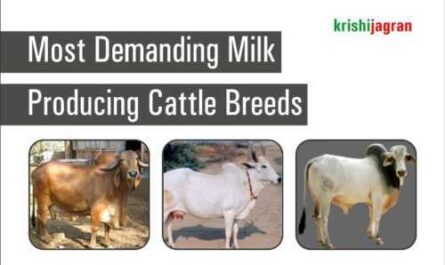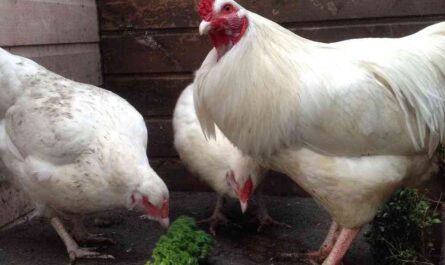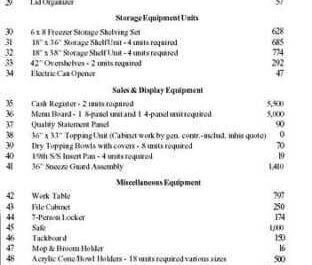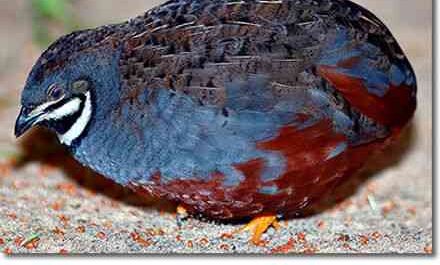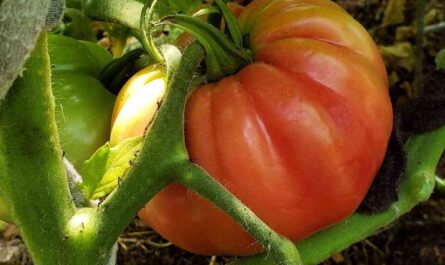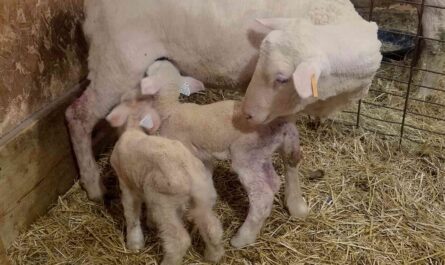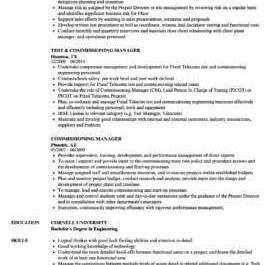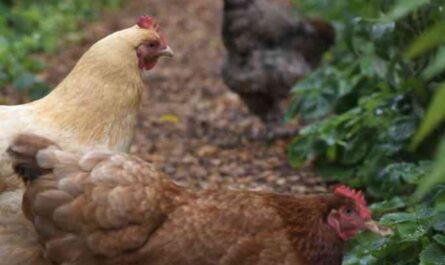Asturias Valley cattle are a dual-purpose cattle breed bred for milk and meat production. The breed originated in the valleys of Asturias, Spain, and belongs to an exclusive group of cattle in Spain known as the Trunco Cantábrico (“Trunk Cantabrico”).
The Trunco Cantábrico group only includes breeds from northern Spain. The breed is also known by other names such as Western Asturias, Asturian in the valleys and carreñanaCattle from the Asturian Valley make up the largest number of this group.
Currently, the breed is mainly cultivated in the northern coastal areas of the Bay of Biscay and in the river valleys at the foot of the Cantábrica mountain range.
It was traditionally used for milk and meat production, as well as draft work. But their importance as a dairy cattle breed declined after the introduction of other highly productive dairy cattle breeds in Spain.
They were the most numerous breed in the northern part of the country in the 19th century. But the massive invasion of highly productive alien races dangerously reduced their total numbers at the beginning of the 20th century to around 22,000 individuals.
The breed has now spread to other parts of Spain, although it is still more visible in northern areas. Read the characteristics, uses, and special breed notes below.
Characteristics of the livestock of the Asturian Valley
Cattle in the Asturian Valley are medium-sized animals. Their body color varies from dark brown to light golden brown. And sometimes with a white head, except for the eyes.
Sometimes their lower abdomen can also be white. Bulls and cows usually have horns. Their horns are medium in size and generally straight.
The average live weight of adult cows in the Asturias Valley is around 600 kg. And adult bulls weigh an average of about 700 kg. Photos and information from Wikipedia.
Advantages
Cattle in the Asturias Valley are essentially a dual-purpose animal. They are suitable for both milk production and meat production.
Special Notes
Livestock in the Asturian Valley are well adapted to their natural climate. Although they are primarily dual purpose animals, they have also been bred for draft work in the past.
They are very good for milk production. And they are appreciated above all for the very high quality of milk production. Their milk is very rich in fat and protein.
The breed is also very good at meat production and its meat is of very high quality. The cows are very good mothers and calve relatively easily. They are very prolific and give birth to large well formed calves.
They are generally very well behaved and have a very calm temperament. They are very easy to handle and also very resistant to extreme temperatures.
However, see the complete breed profile of Asturias Valley cattle in the following table.
video
| Breed name | asturian valley | |
| another name | Western Asturiana, Asturiana de los Vallès and Carreñana | |
| Purpose of the breed | milk and meat | |
| Special Notes | Well adapted to natural climate, very good for meat production, frost resistant, suitable for milk, good quality meat, very fertile, good quality milk, easy calving, easy to handle, suitable for draft work | |
| Breed size | medium | |
| Bulls | About 700kg | |
| cows | About 600kg | |
| climatic tolerance | native climate | |
| coat color | Dark brown to light golden brown, sometimes with a white head and belly. | |
| horned | Yes | |
| milk production | Good | |
| scarcity | general | |
| Country/place of origin | Spain |
